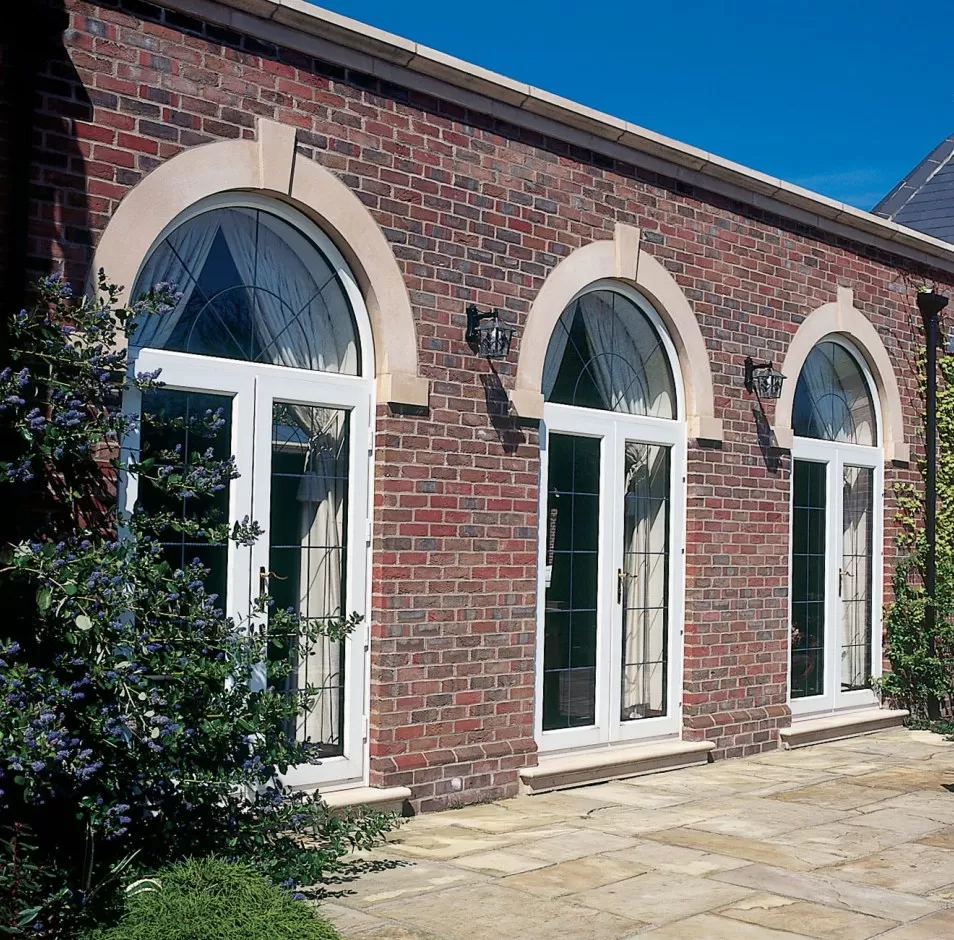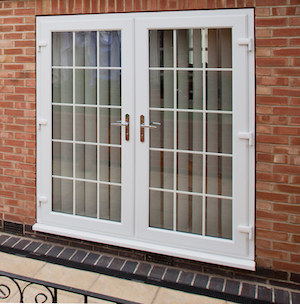
French Door Naintenance Tips
Add a review FollowOverview
-
Founded Date September 20, 1935
-
Sectors Injectables Formulation
-
Posted Jobs 0
-
Viewed 13
Company Description
The 10 Scariest Things About French Door Replacement
French Door Replacement: A Comprehensive Guide
French doors are a popular option amongst house owners for their aesthetic appeal and ability to enhance natural light in a space. However, like any home feature, they may require replacement in time. Factors such as wear and tear, shifting environment needs, and changes in individual design can result in the need for new French doors. This short article offers a useful overview of French door replacement, detailing when to change them, the types readily available, steps in the replacement process, potential costs, and frequently asked questions.
When to Consider French Door Replacement
Changing French doors might end up being required for several reasons, including:
- Damage: Cracks, warping, and broken hardware can jeopardize performance and safety.
- Energy Efficiency: Outdated doors might not offer appropriate insulation, causing increased energy costs.
- Visual Changes: Home renovations or changes in personal taste can prompt the desire for brand-new doors.
- Performance Issues: Difficulty in opening or closing, or a lack of smooth operation may signify it’s time for replacement.
Indications Your French Doors Need Replacement:
- Water damage or rot in wood frames
- Draughts even when doors are closed
- Problem in locking or sticking doors
- Noticeable signs of wear such as peeling paint or rust
- Condensation in between double-glazed panes
Kinds Of French Doors
When thinking about replacement, homeowners have numerous alternatives available:
-
Material Types:
- Wood: Classic, traditional appearance with outstanding insulation but requires routine maintenance.
- Fiberglass: Durable and energy-efficient, imitating the appearance of wood without the upkeep.
- Vinyl: Low maintenance with energy-efficient homes, frequently available in different colors.
-
Styles:
- Swinging French Doors: Open inward or outside, perfect for large openings.
- Sliding French Doors: Convenient for smaller areas, efficiently glide open on a track.
- Multi-Panel French Doors: Feature numerous panels for an expansive view and modern appeal.
-
Glass Types:
- Single-pane: Basic and affordable but less energy-efficient.
- Double-pane: Improved insulation; recommended for energy preservation.
- Tempered Glass: Safety glass that resists damage.
Steps for Replacing French Doors
Changing French doors needs thorough preparation and execution. Below is a step-by-step guide:
1. Measuring the Door Frame
Accurate measurements of the opening are essential to ensure the brand-new doors fit correctly. Step the height and width of the frame and the thickness of the existing door.

2. Selecting the Replacement Doors
Select the kind of French door that matches your home’s style and your budget. Consider materials, designs, and hardware choices while making the selection.

3. Removing the Old Doors
Thoroughly get rid of the present doors and dismantle the hardware. Beware not to damage the frame throughout this process.
4. Preparing the Frame
Check the door frame for damage and make needed repairs. Guarantee the frame is square and level, as this will affect the installation of the new doors.
5. Installing the New Doors
- Location the New Doors: Set the brand-new French doors in the frame, guaranteeing they fit snugly.
- Level and Secure: Use shims to level the doors. Protect the doors with screws, making sure that hinges are correctly lined up.
- Set up Hardware: Attach handles, locks, and other hardware.
6. Ending up Touches
Seal around the edges with caulk to avoid drafts and enhance energy effectiveness. If the doors are wooden, think about ending up or painting them.
7. Testing
Open and close the doors numerous times to ensure smooth operation and correct positioning.
Expense of French Door Replacement
The cost of replacing French doors varies based on materials, style, and labor. Below is a table summing up the approximated costs connected with different types of French doors:
| Type of Door | Average Cost (Material Only) | Installation Cost Range | Total Estimated Cost |
|---|---|---|---|
| Wood | ₤ 400 – ₤ 2,000 | ₤ 200 – ₤ 500 | ₤ 600 – ₤ 2,500 |
| Fiberglass | ₤ 600 – ₤ 2,500 | ₤ 200 – ₤ 500 | ₤ 800 – ₤ 3,000 |
| Vinyl | ₤ 300 – ₤ 1,500 | ₤ 200 – ₤ 500 | ₤ 500 – ₤ 2,000 |
Note: Costs may differ based upon place, brand name, and specifics of the installation project.
Frequently Asked Questions About French Door Replacement
Q: How long does it require to change French doors?A: The replacement
process usually takes a couple of hours to a day, depending upon the intricacy of the project and if additional repairs are needed.
Q: Are French doors energy efficient?A: Modern French doors,
particularly those with double-pane glass and correct sealing, can be extremely energy effective. Q: Can I install French doors myself?A: While DIY installation is possible for seasoned property owners, employing a professional is recommended to ensure an appropriate fit and surface, especially if modifications to the frame are necessary. Q: What is the typical lifespan of French doors?A: With proper maintenance, French doors can last anywhere from 15 to 30
years, depending upon the product and environmental conditions. French door replacement enhances a home’s functionality and appeal. By understanding when to replace them, what choices are readily available, and how to go about the installation, house owners can make informed decisions that include worth and charm to their living areas. With correct care, brand-new French doors can provide years of service, convenience, and style.
